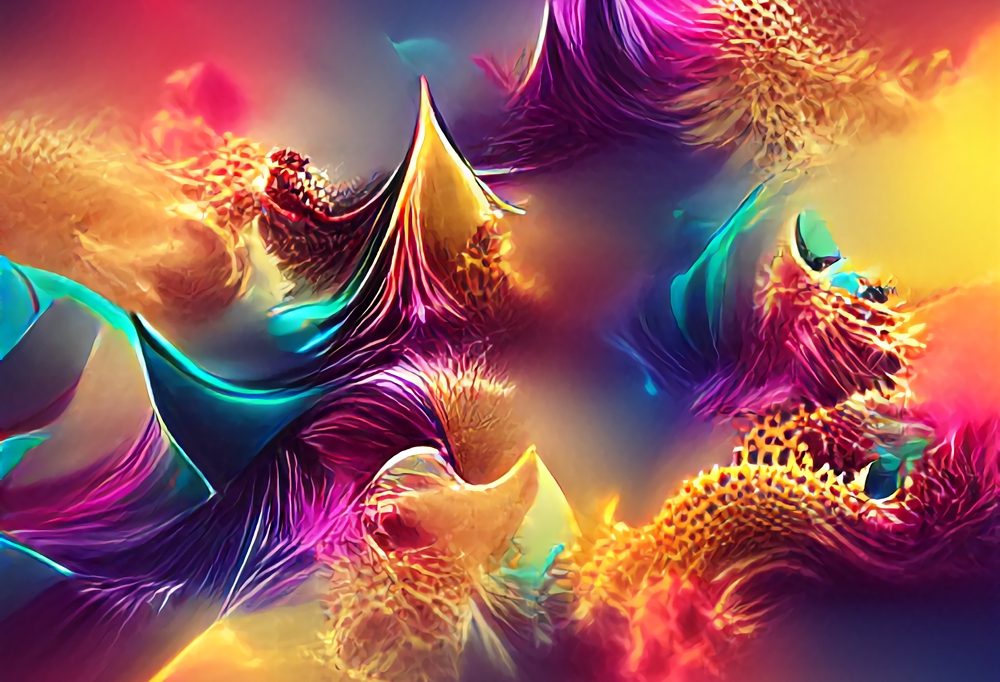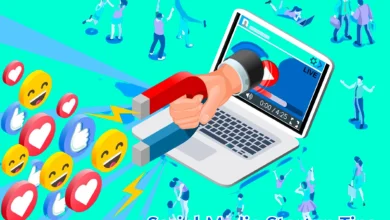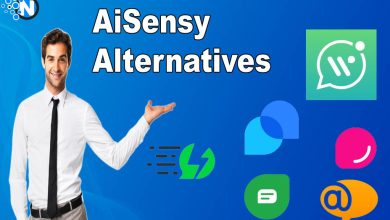Introduction to VQGAN and CLIP

In this article, we’ll be introducing the VQGAN: a Vector Quantized Generative Adversarial Network. This model is capable of learning to generate new data from scratch, and can be applied to various settings, such as image generation and natural language processing.
The VQGAN is a type of generative adversarial network (GAN) that uses quantum machine learning algorithms. The VQGAN+CLIP (Contrastive Image-Language Pretraining) variation additionally uses an internal prompt to control the training process and improve the quality of the generated data. We’ll get into how they work together later!
Training with VQGAN
Two models are used: a generator and a discriminator. The generator is responsible for generating new data, while the discriminator is responsible for distinguishing between real and generated data.
During training, the generator is constantly trying to fool the discriminator by generating data that is realistic enough to be mistaken for real data. At the same time, the discriminator is trying to learn to better distinguish between real and generated data. This adversarial process eventually leads to the generator learning how to generate realistic data.
CLIP
CLIP is an AI training method that uses an internal prompt to help a neural network learn more effectively. With CLIP, the discriminator is not only trying to learn to distinguish between real and generated data, but also trying to predict the internal prompt. This additional task helps the discriminator learn features that are more relevant for distinguishing between real and generated data.
Using VQGAN+CLIP
The VQGAN+CLIP can be used for various tasks such as image generation and natural language processing.
In order for the VQGAN+CLIP model to be effective, it needs a way to control the training process. This is done with an internal prompt, which is used to help the discriminator learn features that are more relevant for distinguishing between real and generated data.
Additionally, the internal prompt can be used to control the generation of new data. For example, if you want to generate new images, you would first need to train the network on a dataset of images. Once the network has learned a good representation of the data, it can then generate new images by starting from a random noise vector and sampling from the learned representation.
Once it’s learned representation, it’s capable of generating new data from that representation by starting with a random noise vector and sampling from the learned representation.
Applications
The VQGAN+CLIP model can be applied to various tasks such as image generation and natural language processing.
Image Generation
The VQGAN+CLIP model can be used for image generation by first training it on a dataset of images. Once the network has learned a good representation of the data, it can then generate new images by starting from a random noise vector and sampling from the learned representation.
Natural Language Processing
The VQGAN+CLIP model can also be used for natural language processing tasks such as text generation and machine translation. For text generation, the model can be trained on a corpus of text data. Once the network has learned a good representation of the data, it can then generate new text by starting from a random noise vector and sampling from the learned representation.
For machine translation, the model can be trained on a parallel corpus of text data in two different languages. Once the network has learned a good representation of the data, it can then generate translations by starting from a random noise vector and sampling from the learned representation.
Machine Translation
The VQGAN+CLIP can also be used for machine translation. To do this, the network first needs to learn a representation of the data. This can be done by training the network on a dataset of parallel texts in different languages. Once the network has learned a good representation of the data, it can then generate translations by starting from a random noise vector and sampling from the learned representation.
How to Give VQGAN+CLIP Directions
You may use an optimizer in the Pytorch Library, such as Adaptive Moment Estimation (ADAM), to guide VQGAN using CLIP. The CLIP method would utilize a flat embedding of 512 numbers, whereas the VQGAN system would use a three-dimensional embedding with 256x16x16 numbers.
This technique’s aim is to generate an output image that resembles the text query; therefore, the system will begin by passing a text query through the CLIP text encoder.
You’ll reach the conclusion that not every digital painting created will be a solid outcome after generating hundreds of them. Images that are generated based on prompts in a specific category will perform better than those constructed from scratch.
Conclusion
The VQGAN+CLIP model is a powerful tool that can be used for various tasks such as image generation and natural language processing. The key to its success is its ability to learn a good representation of the data, which it can then use to generate new data.




